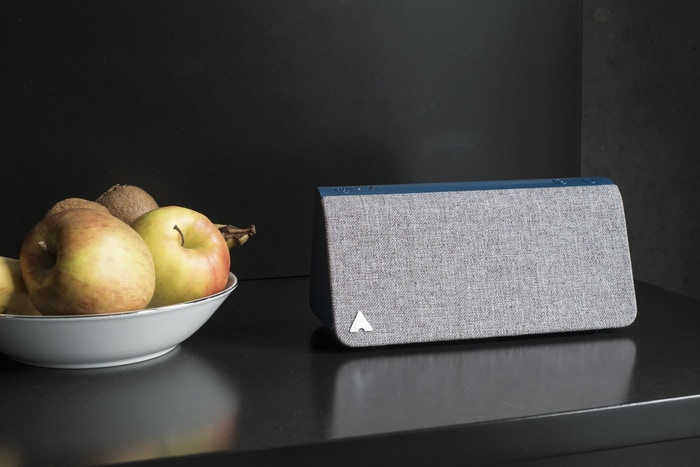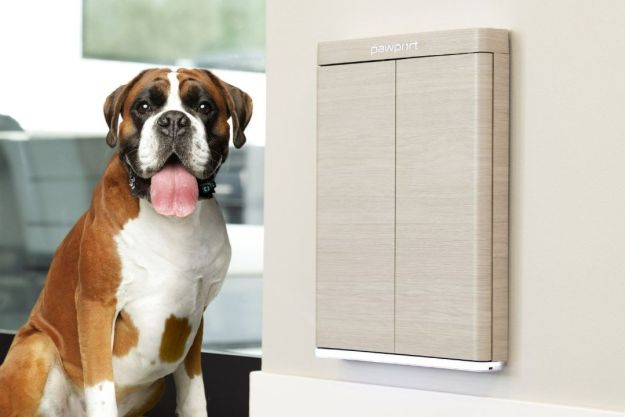
Mitipi, based in Zurich, Switzerland, was founded by four young developers to build, prototype and ultimately manufacture the device. Co-founder and CEO Julian Stylianou began working on the concept of a virtual roommate to ward off intruders in 2016.
Kevin’s usefulness lies in the smart software that lives within the Mitipi box software that allows it to broadcast programmable ambient sounds, emit light, and generate shadow effects. In practice, Kevin simulates a real person moving around a household doing everyday tasks.
The way the device generates these simulations is ambitious and surprisingly complex. Kevin uses a smart algorithm that takes into account numerous factors including the user’s time zone, region, language, weather, home size, and other considerations such as whether the user lives alone or with a family, plays instruments or own pets. Options are as varied as simple discussions, cooking sounds, pets, or music. The company aims to launch Kevin with weeks of pre-loaded content so potential intruders can’t detect the content loop.
At launch, Kevin doesn’t have any cameras or sensors that might detect whether someone is home but the company sees this consideration of a user’s privacy as a feature, not a bug. However, the company says that it’s possible that Mitipi would consider collaborating with third-party manufacturers in the future as they add updates and new functionalities to Kevin.
On the technical side, Kevin is pretty straightforward: It’s a lamp inside an integrated speaker. The device is connected to the internet via Wi-Fi; users can program Kevin’s functions using an accompanying app, which allows for multiple users, automatic activation, and remote monitoring. Or you can initiate Kevin’s core functions using three simple buttons on the device. The software is driving by a 32-bit dual core CPU for low power consumption, while the amount of white light generated is equivalent to a 130-watt incandescent light bulb, all running on 60 watts of power or less. Meanwhile, its color functions can broadcast images equivalent to a 65-inch television, essentially allowing for fake TV broadcasts.
While the device is meant to be a preventative measure, the founders have discussed developing more advanced functions such as reactive solutions or similar applications as a digital assistant.
“Having spent extensive time talking with the victims of burglaries, it’s clear that home protection needs to evolve beyond surveillance, reporting, and alarms,” Stylianou said. “This is why we created Kevin — we envisage a world where burglars only exist in history books, and we want to add value and innovation to the world of home security, by offering a prevention-first solution.”
Although Mitipi’s Kickstarter campaign isn’t live, the team mocked up a fundraising page with a goal of a little more than $53,000. Initial price estimates put Kevin on the market for an early bird price of about $160 with first deliveries expected in the fourth quarter of 2018.
Editors' Recommendations
- Should you buy a new smart lock or retrofit your existing deadbolt?
- SimpliSafe is now using AI to prevent burglars from entering your home
- Blink Mini 2 vs. Blink Mini: Is Amazon’s new security camera a worthy upgrade?
- Wyze Cam Floodlight vs. Wyze Cam Floodlight v2: What’s new about this updated security camera?
- Wyze Cam Floodlight v2 adds tons of new features at a lower price tag


